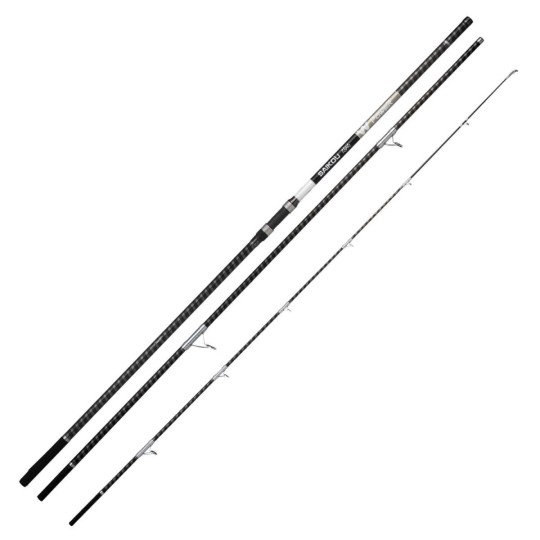
Surfcasting Rod Yuki Competition Saikou W-Power
Shipping 24 H
- New
Surfcasting is one of the methods that are becoming increasingly popular with fishing enthusiasts. It is practised from the shore, in the waves, on rocks or dykes and at some distance from the coast. To be successful at sea, the fishing rods used must meet high quality standards. They must be both high and powerful. When your fishing equipment includes a strong, sturdy surfcasting rod , you can be sure of being able to cast your hook as far as possible.
It has to be said that surfcasting is a somewhat demanding fishing technique. To achieve the best catches, you need to sink your baited hook around 100 to 160 metres behind the rollers. Whether you're a recreational angler or a keen sportsman, a rod weighing between 100g and 200g will be your best ally.
The quality of your rod also depends on the manufacturer. That's why you also need to consider the brand to make the ideal choice. Some well-known brands, such as Daiwa, Browning or Mitchell are popular with fishing enthusiasts. With a Daiwa Triforce telescopic rod, for example, you can enjoy unforgettable fishing trips.
However, whatever the brand, you should always opt for carbon fibre rods. They are both lighter and stronger than fibreglass surfcasting rods.
And don't forget that a good rod needs to be accompanied by a good reel, especially in terms of ball bearings. When it comes to surfcasting, all your fishing tackle needs to be robust. That's why you'll need a strong reel with plenty of capacity to cope with any situation.a
For surfcasting, you'll need either a spreader rod or a traditional rod. The spreader rod is not very popular, because it requires specific training to be easy to use. The traditional surf casting rod, on the other hand, is designed for the general public. They are easier to handle.
Today, manufacturers are showing ingenuity in creating top-of-the-range rods. The aim is to satisfy even the most demanding anglers. Many of these fishing enthusiasts are more attracted to telescopic models such as the Daiwa Triforce telescopic rod than to take-apart rods. These models are often designed for light or medium-heavy surfing.
However, in the world of surf casting, take-apart rods reign supreme. These rods are made up of 2 to 4 separate sections that fit together. Powerful, they are often used in heavy weather. More practical and less bulky, telescopic models are often available in entry-level and mid-range models.
Whichever model you prefer, there's a vast range of surfcasting rods on the market. For the ultimate in fishing comfort, you should look to manufacturers who offer innovative equipment. The big names like Daiwa, Cabesto, Browning, Caperlan, Mitchell and Trabucco even make travel rods. These rods are very practical, especially for anglers who travel a lot.
Other brands such as Italcanna, Shimano, Clee, Sunset and Ron Thompson also offer quality equipment at affordable prices. WFT, Colmic and Yuki are not to be outdone either. For example, you can make some great catches with a Yuki Neydor, a quality rod.
When you choose a quality, high-performance surf casting rod, it can turn your fishing trip into a real thrill. However, you should often check that your surfcasting rod is fitted with an OAL or SIC SEAGUIDE tubular reel seat. This will make it easier to fit a reel and ball bearing to the rod.
To select the best rod for shore fishing, you need to take a number of factors into account:
When fishing, you can come up against a number of hostile elements such as salt spray, sea winds and rain. But with a rod made from high-strength fibreglass, you can cope with all kinds of stresses.
Note, however, that this type of rod is almost obsolete. Carbon fibre rods fitted with Sic Seaguide tubular reel seats are increasingly being used. For shore fishing, you need a rod that measures between 4 m and 5 m. Beginners can stay below 4.5 m to keep the line above the waves.
A Technifibre carbon rod with a shock-absorbing tip is also an advantage. A high modulus carbon rod is light, strong and rigid. These characteristics give the user optimum freedom of movement. Yuki Neydor carbon rods, for example, are very easy to handle for anglers.
In addition to high modulus carbon, there is also high strength carbon (HR). HR carbon is renowned for its strength. So you can make your choice according to your preferences. In either case, it's advisable to choose a rod with a power rating of between 100g and 200g so that you can fish comfortably from the shore.
You should also make sure that the guides on your rod are of good quality. When it comes to guides, the first choice among manufacturers is Japanese Fuji. Its products are more or less expensive, but they are better finished. Shimano, for example, installs its own quality rings on some of its rods. For its premium rods, however, the manufacturer has opted for Fuji rings.
When choosing a rod, considering the reel seat may seem secondary. However, some people are more comfortable with one model than another. A Sic Seaguide tubular ring reel seat provides excellent support for the reel and makes for an excellent grip. You can make the following combination: a carbon rod with an anti-shock knob and a tubular reel seat with OAL or SIC rings.
To sum up, surf casting is a fishing technique that requires specific equipment. Certain parameters need to be taken into account, such as the material, height and power of the rod. This way, you can get the ideal equipment for memorable fishing trips.
See our full surfcasting selection:
Filter By
55 products

Shipping 24 H
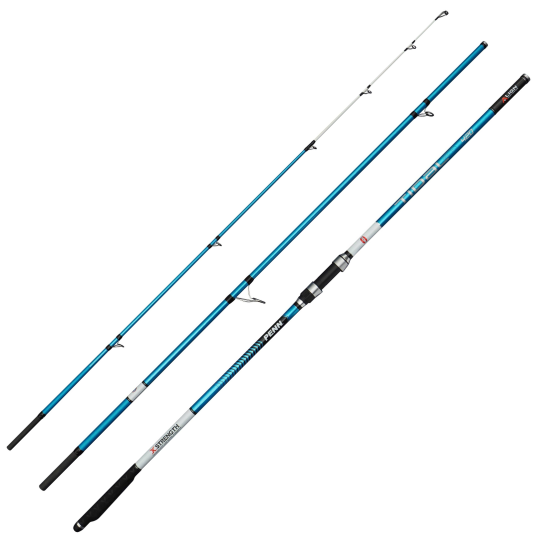
Shipping 24 H
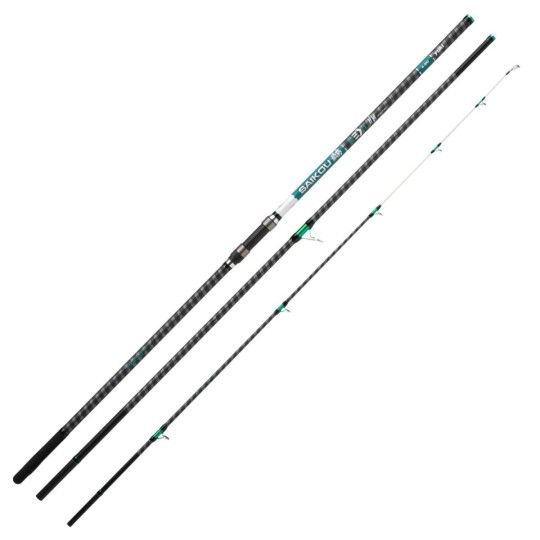
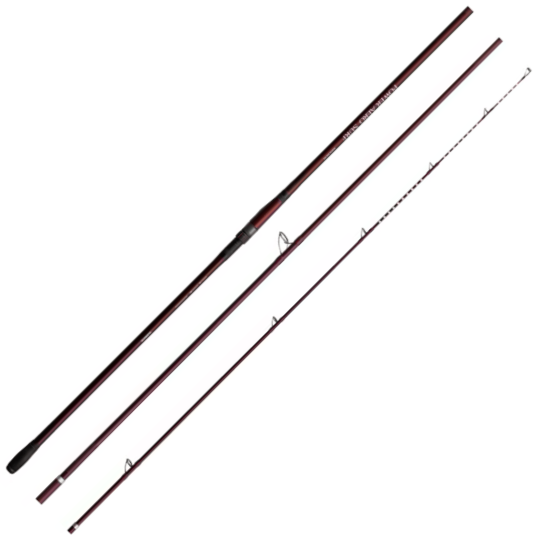
Shipping 24 H
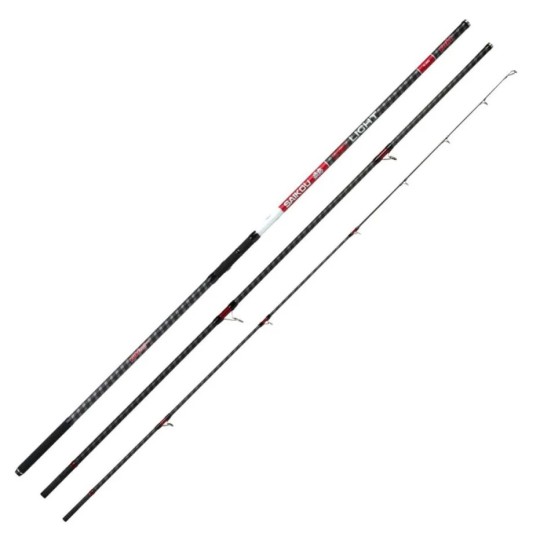
Shipping 24 H
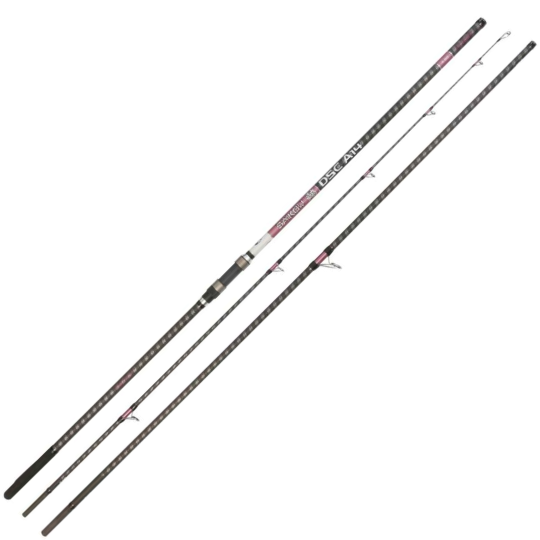
Shipping 24 H
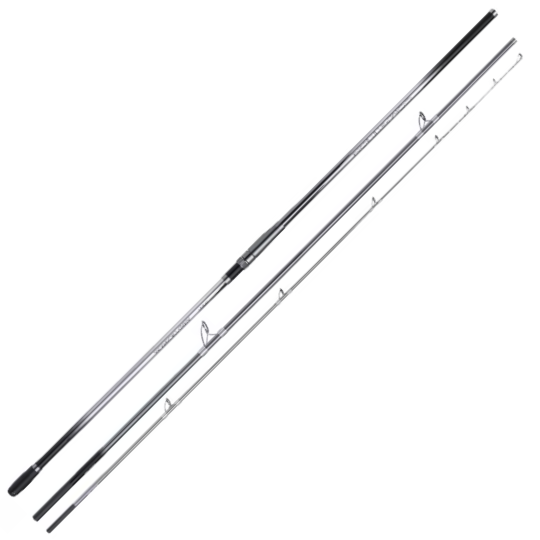
Shipping 24 H
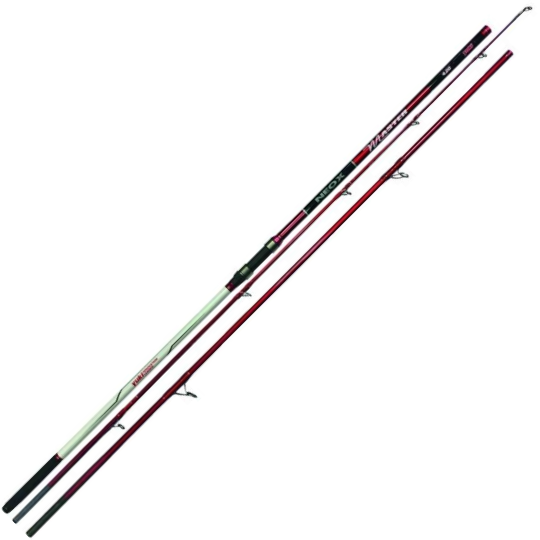
Unavailable at the moment
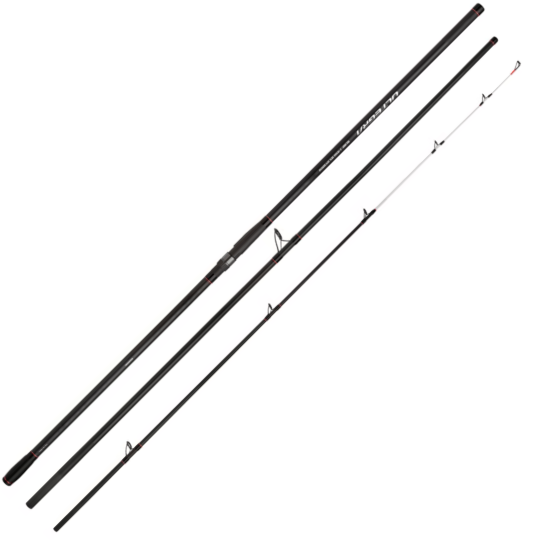
Shipping 24 H
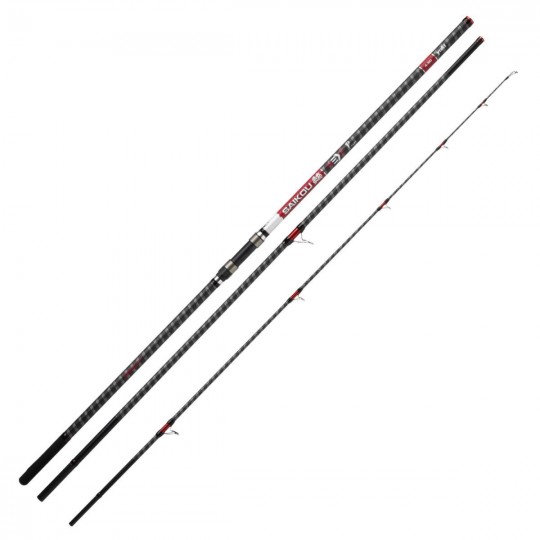
Shipping 24 H
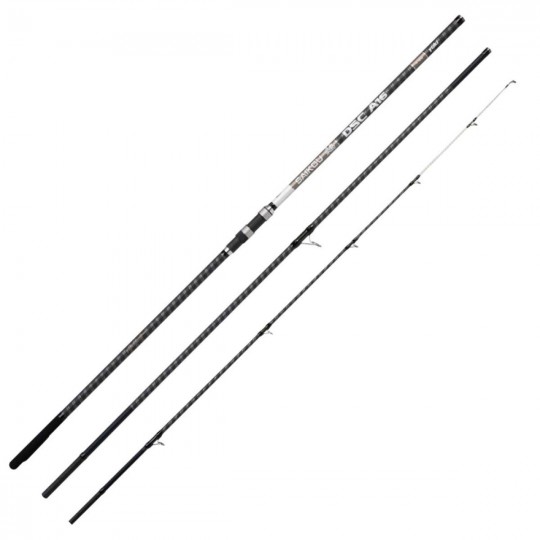
Shipping 24 H
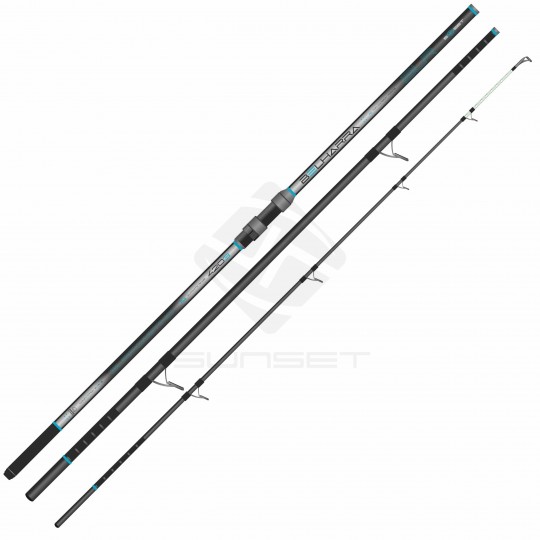
Shipping 24 H
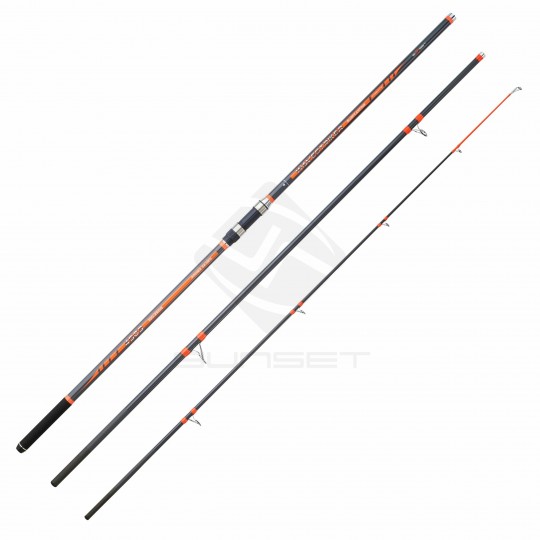
Shipping 24 H
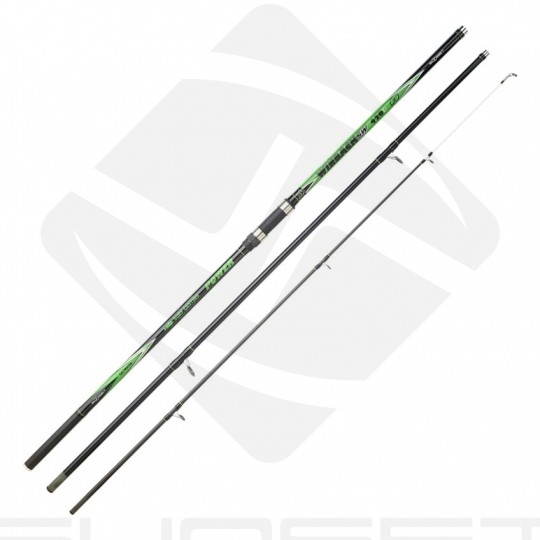
Shipping 24 H
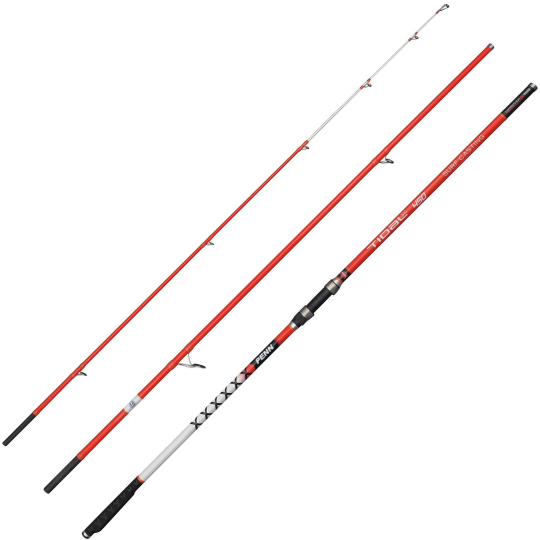
Shipping 24 H
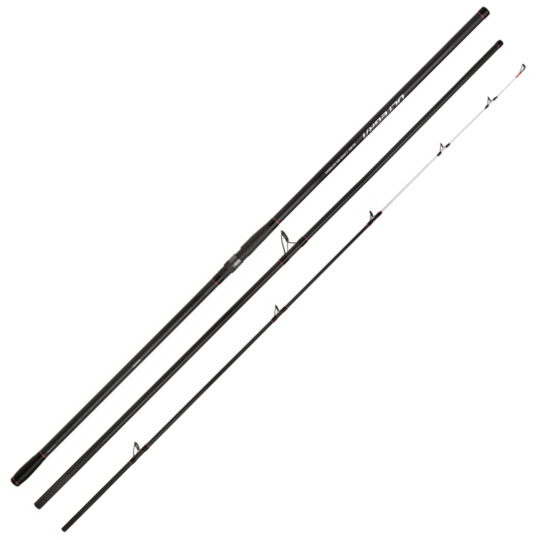
Shipping 24 H
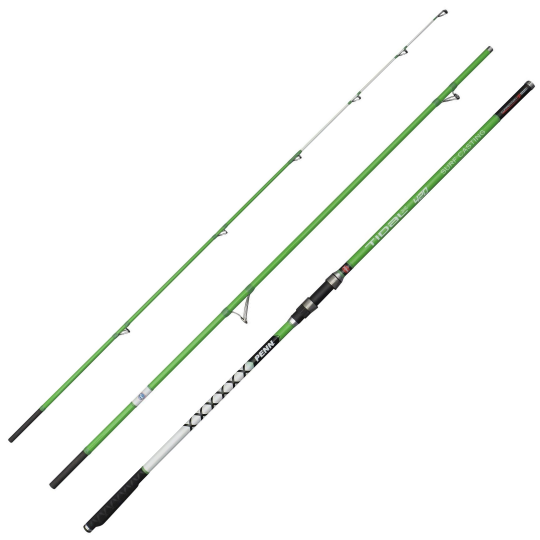
Shipping 24 H
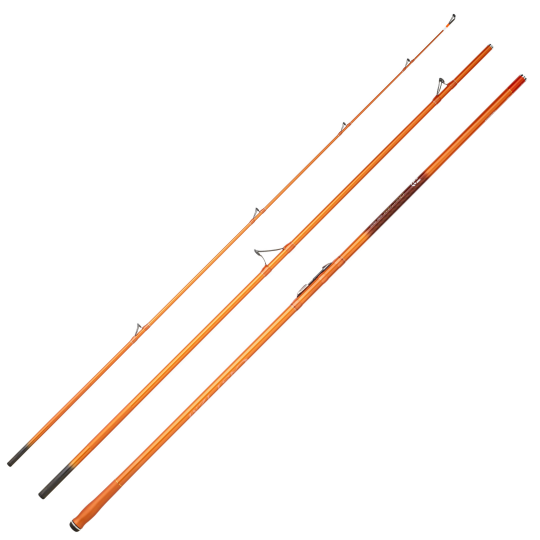
Shipping 24 H
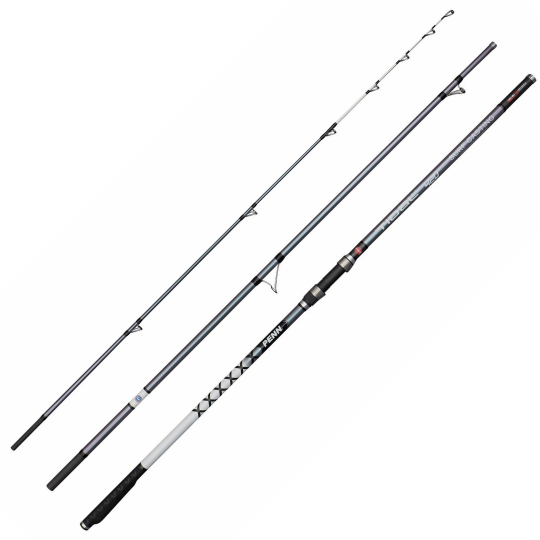
Shipping 24 H
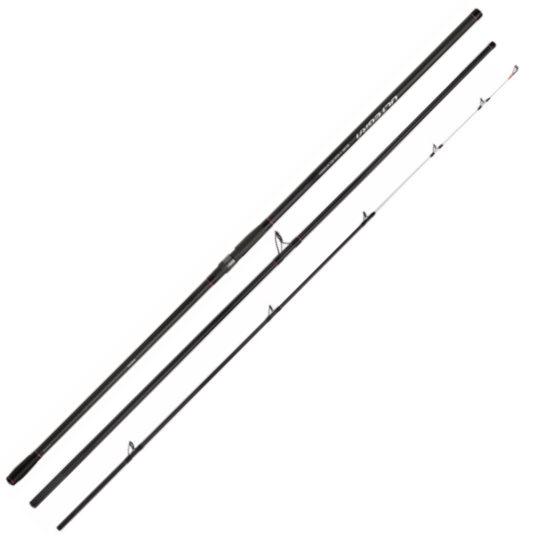
Shipping 24 H
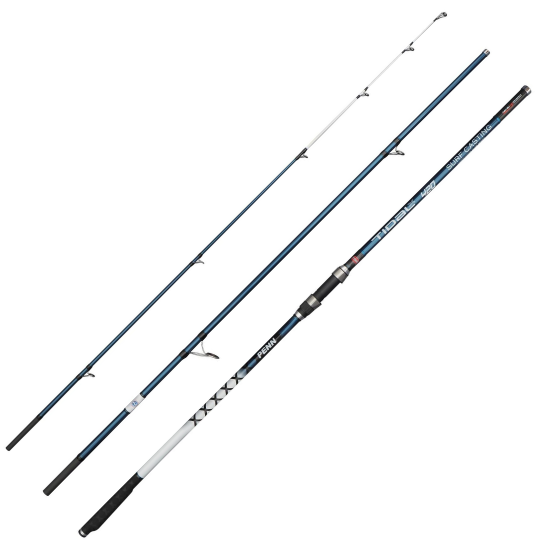
Shipping 24 H
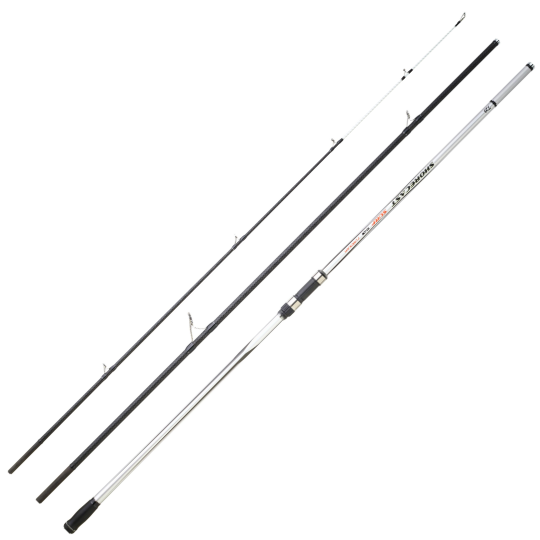
Shipping 24 H
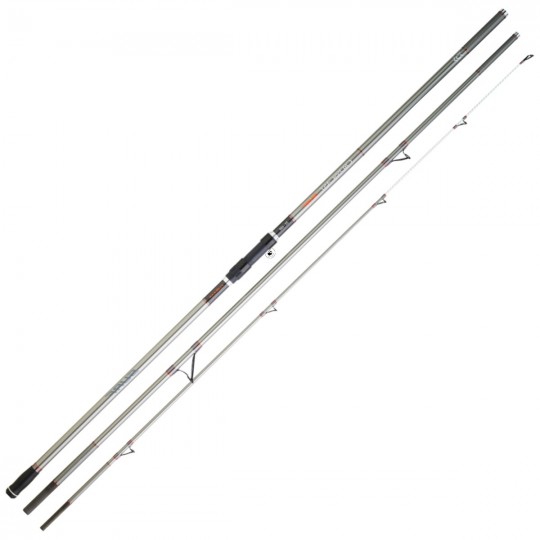
Shipping 24 H
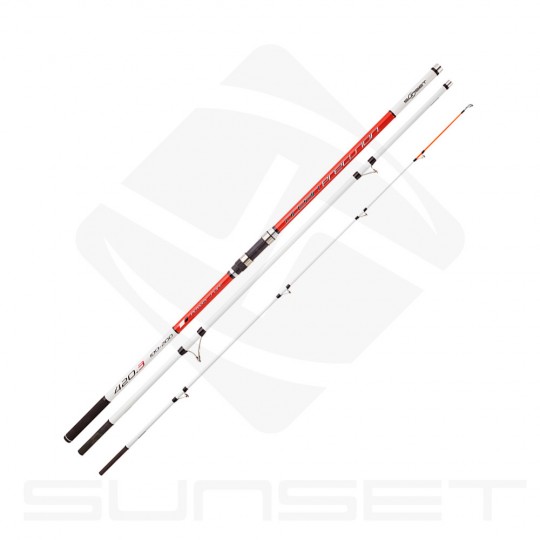
Shipping 24 H
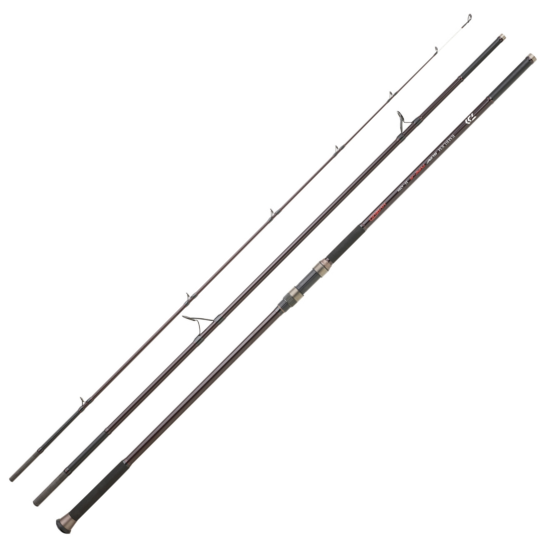
Shipping 24 H
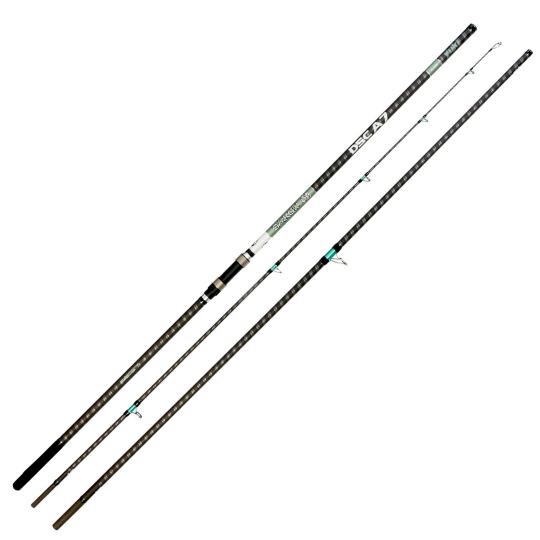
Shipping 24 H
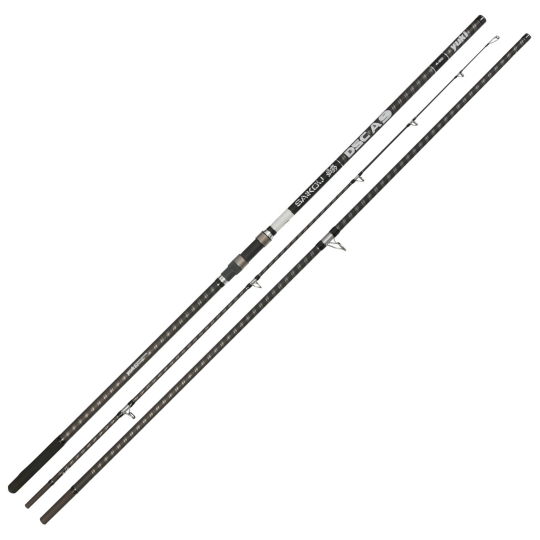
Shipping 24 H

Shipping 24 H
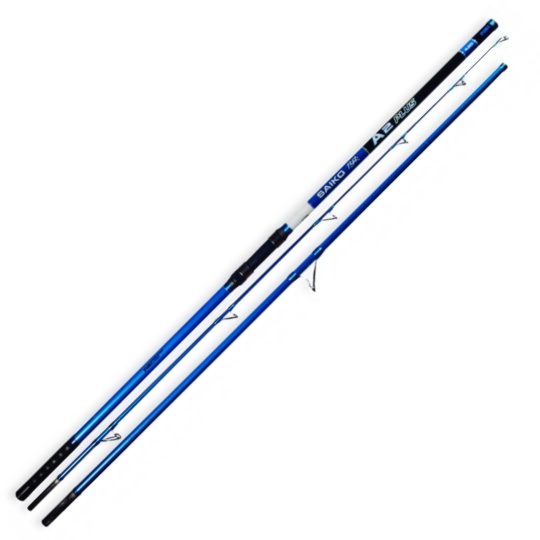
Unavailable at the moment
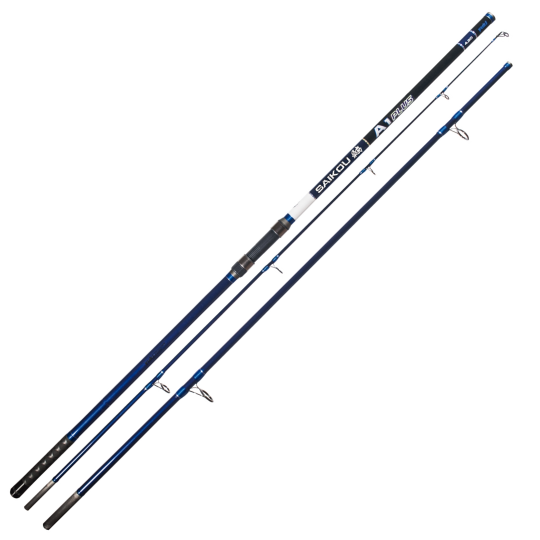
Shipping 24 H
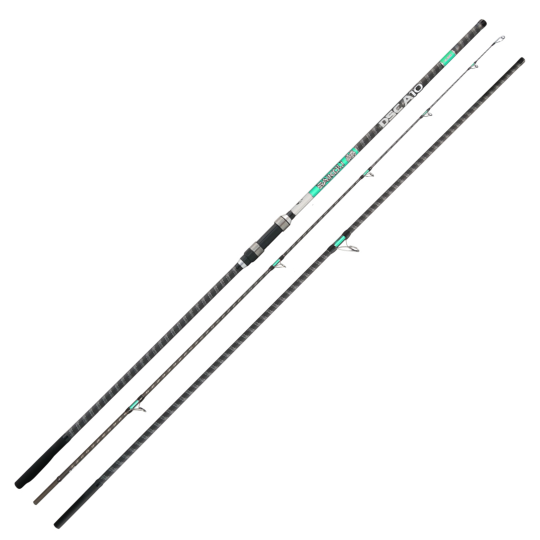
Shipping 24 H
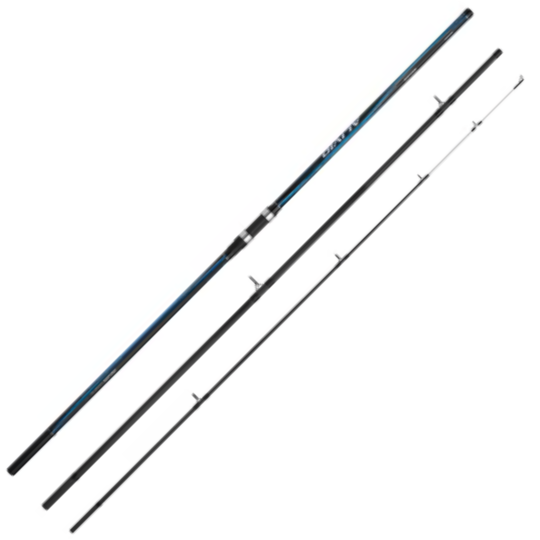
Unavailable at the moment
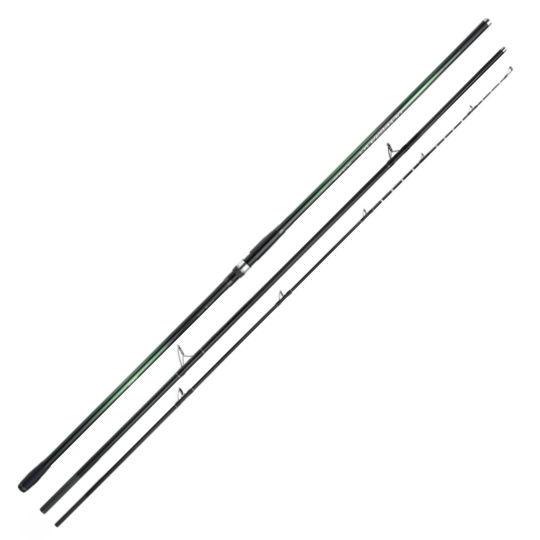
Shipping 24 H
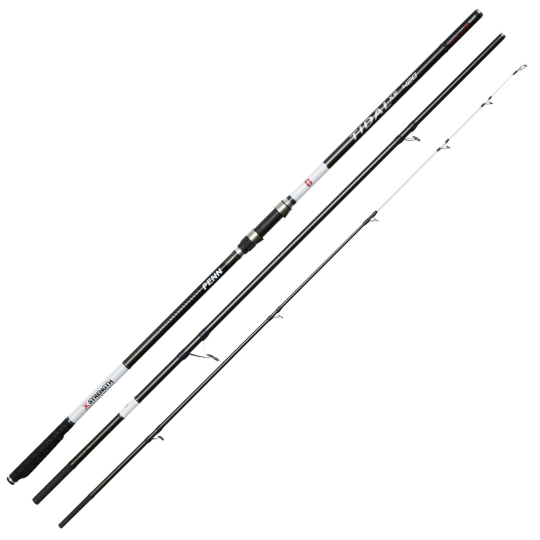
Shipping 24 H
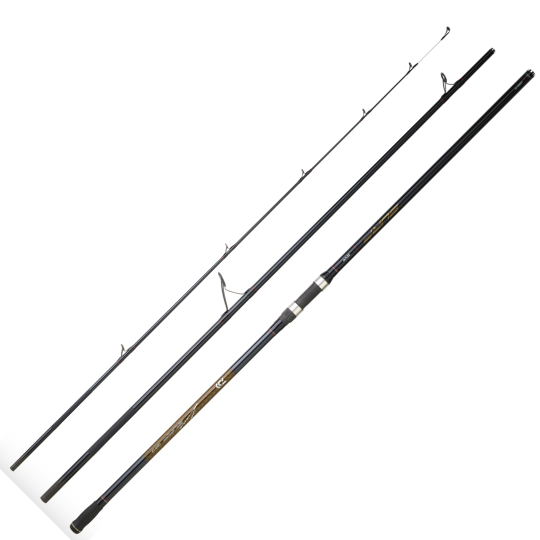
Shipping 24 H
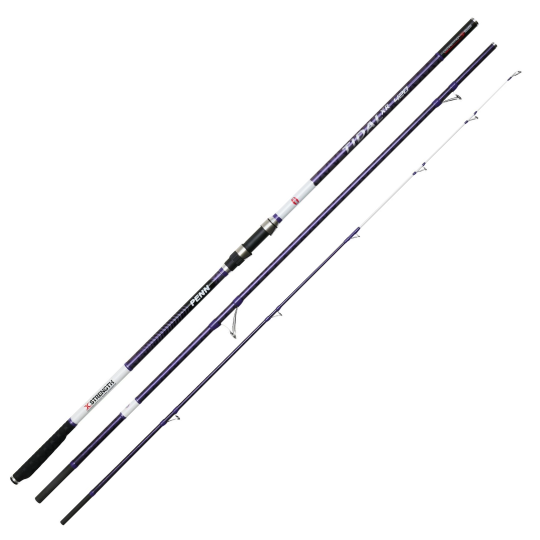
Shipping 24 H
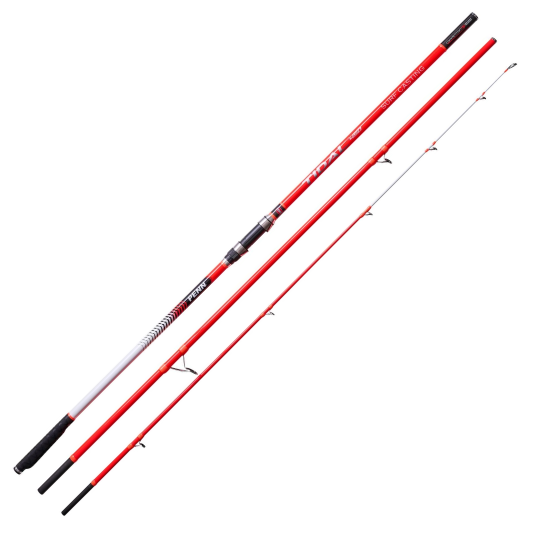
Shipping 24 H
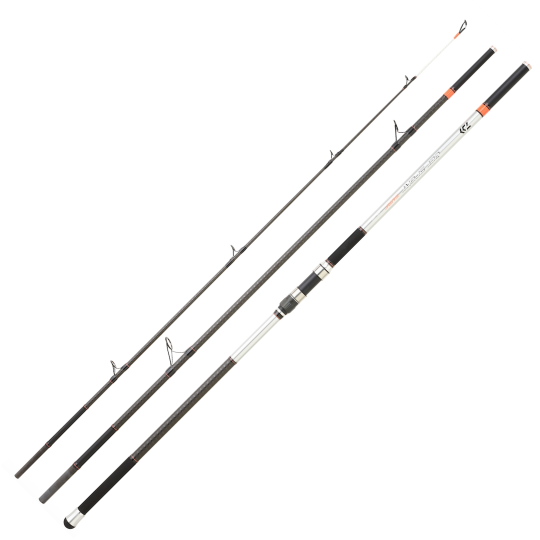
Shipping 24 H
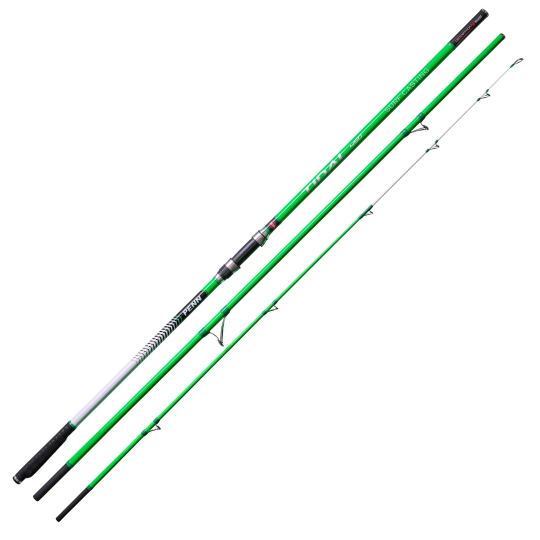
Shipping 24 H
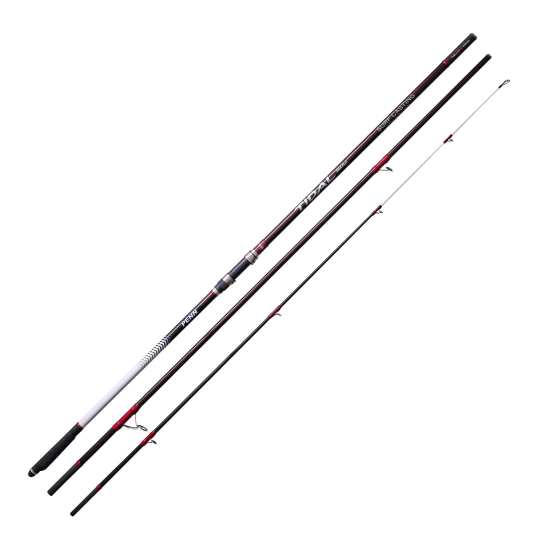
Shipping 24 H
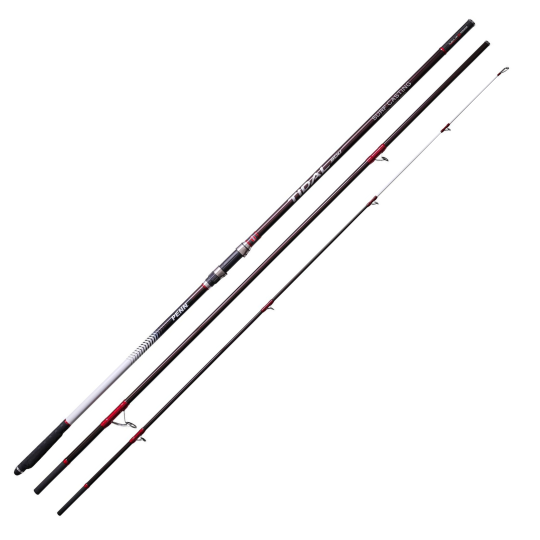
Shipping 24 H
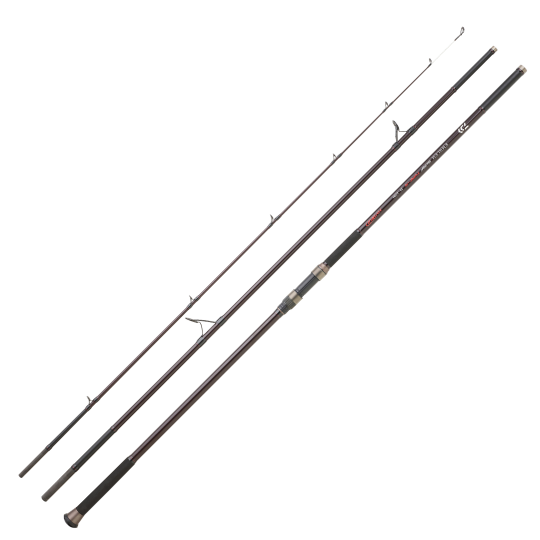
Shipping 24 H
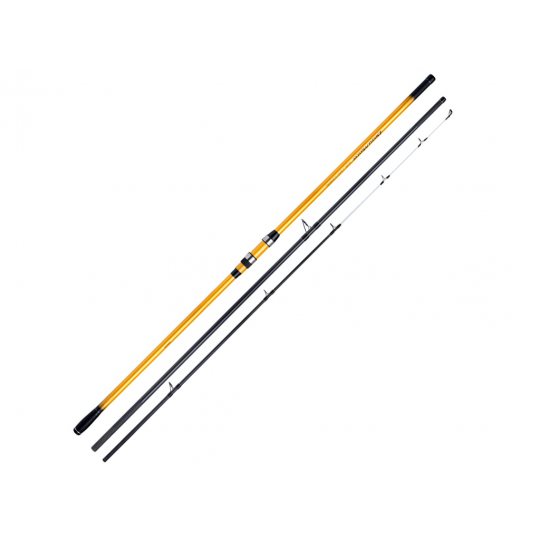
Shipping 24 H
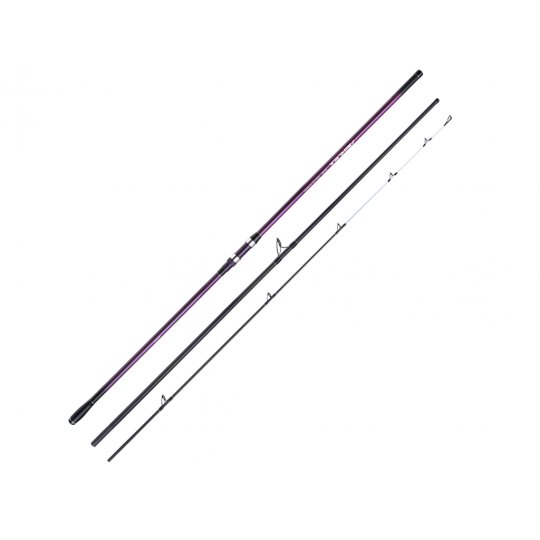
Shipping 24 H
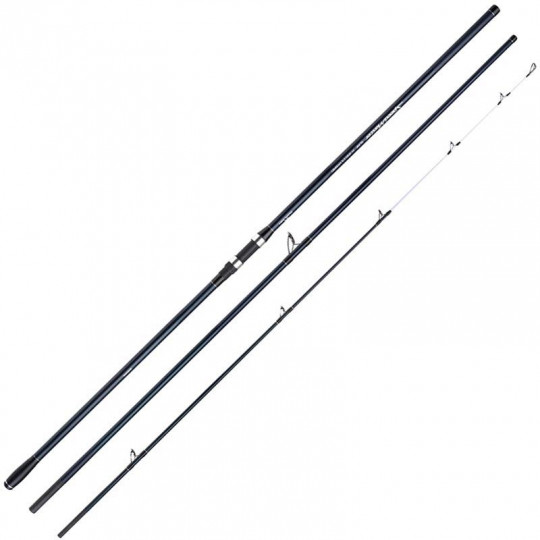
Shipping 24 H
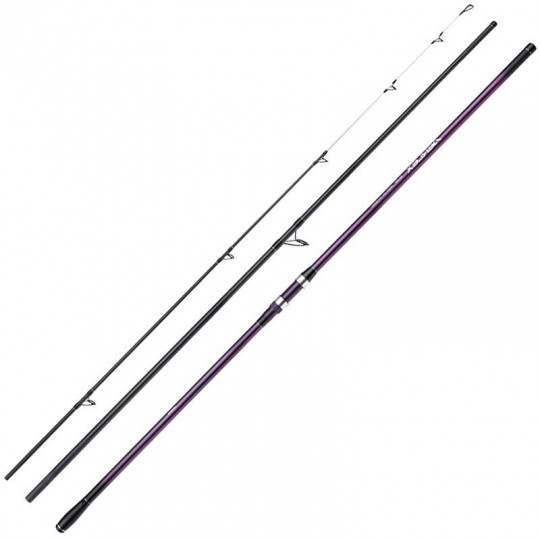
Shipping 24 H
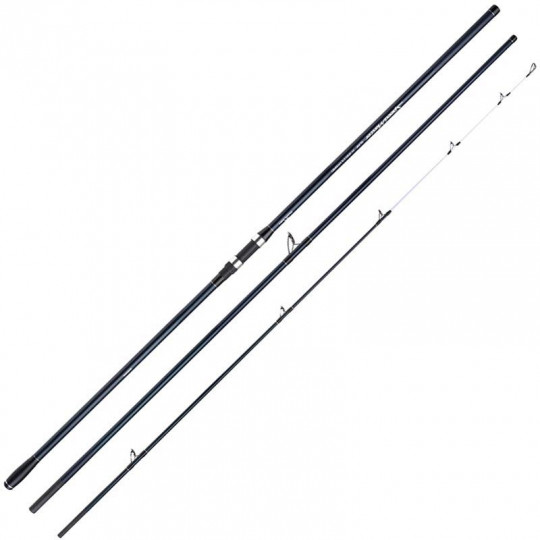
Shipping 24 H
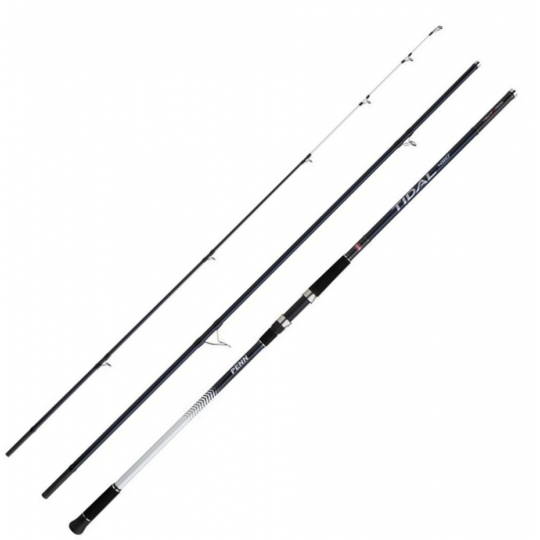
Shipping 24 H
Read on the subject